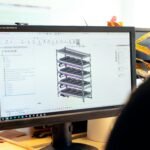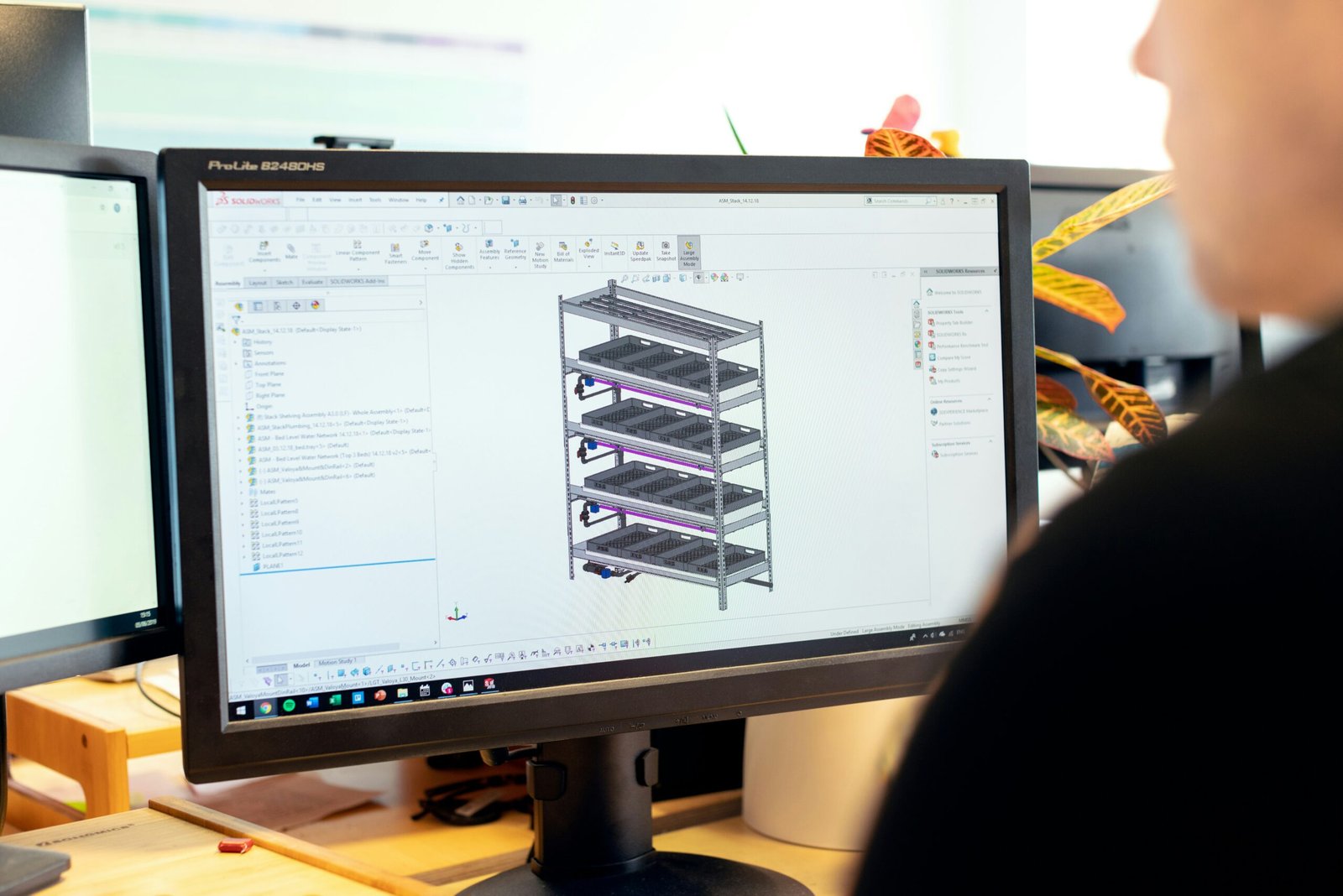The product development process is a comprehensive journey that transforms an idea into a tangible product ready for the market. This process is not only essential for ensuring that the final product meets customer needs and expectations but also for maintaining a competitive edge in the industry.
This article explains what the product development process consists of.
Idea Generation
The journey of product development begins with the generation of ideas. This phase is all about brainstorming, creativity, and exploring possibilities. It involves identifying consumer needs, market gaps, and emerging trends that can be tapped into to create innovative products. Effective idea generation requires a collaborative effort where diverse perspectives contribute to a pool of potential product concepts. There are several techniques you can use for generating ideas, such as brainstorming sessions, focus groups, and customer feedback analysis. Utilizing tools like mind mapping and SWOT analysis can also help in structuring your thoughts and identifying viable opportunities. It’s crucial to foster an open environment where all ideas are valued and explored, as this can lead to groundbreaking innovations.
Concept Development and Testing
Once you’ve narrowed down your ideas, the next step is to develop these concepts further. Concept development involves elaborating on the selected ideas, outlining their features, benefits, and market positioning. This stage is where you define what your product will be and how it will fulfill customer needs better than existing alternatives. Testing these concepts is equally important. By conducting market research, surveys, or focus groups, you can gather valuable feedback from potential customers. This feedback is critical in refining your product concept, ensuring that it resonates with the target audience. Concept testing helps in identifying any potential flaws early on, allowing you to make necessary adjustments before investing heavily in development.
Product Design and Prototyping
Designing the product and creating prototypes is where your concept can begin to take shape. This stage involves detailed planning of the product’s design, functionality, and usability. It might require close collaboration between designers, engineers, and product managers to ensure that the product meets the intended specifications and quality standards. Prototyping is a critical aspect of this stage. It involves creating a preliminary version of the product that can be tested and iterated upon. Prototypes help in identifying design flaws, usability issues, and other potential problems early in the development process. By testing prototypes, you can make necessary adjustments and improvements before finalizing the design. Services for CNC machining are often employed during prototyping to create precise and functional models. CNC machining allows for high accuracy and speed, making it an ideal choice for producing prototypes.
Product Testing and Validation
Product testing and validation are crucial to ensure that the product meets quality standards and customer expectations. This phase involves rigorous testing of the product under various conditions to identify any defects or performance issues. It is essential to address these issues before the product is launched to avoid costly recalls or damage to your brand reputation. There are different types of testing that you can conduct, including functional testing, performance testing, and user acceptance testing. Each type of test provides valuable insights into different aspects of the product, such as its functionality, durability, and user experience.
Launching the Product
The launch phase is where all your hard work comes to fruition. Successfully introducing your product to the market requires strategic planning and execution. This stage involves coordinating marketing efforts, distribution channels, and sales strategies to ensure a smooth and impactful launch. A well-planned launch strategy includes defining your target audience, creating compelling marketing messages, and choosing the right distribution channels. It’s essential to build anticipation and excitement around your product through pre-launch campaigns.
Post-Launch Evaluation and Feedback
After the product launch, it’s essential to evaluate its performance and gather feedback from customers. This stage involves analyzing sales data, customer reviews, and market trends to assess the product’s success. Post-launch evaluation provides valuable insights into what worked well and what areas need improvement. Customer feedback is particularly crucial during this phase. It helps in identifying any issues or areas where the product can be enhanced to better meet customer needs.
Conclusion
The product development process is a complex but rewarding journey that requires careful planning, execution, and evaluation. From idea generation to post-launch evaluation, each phase plays an important role.











